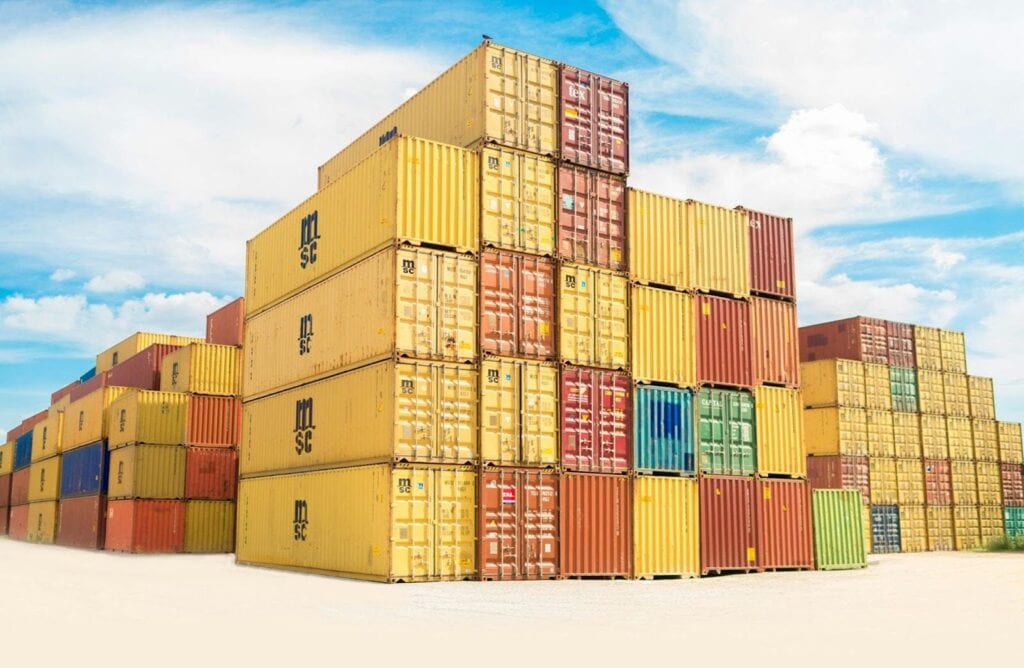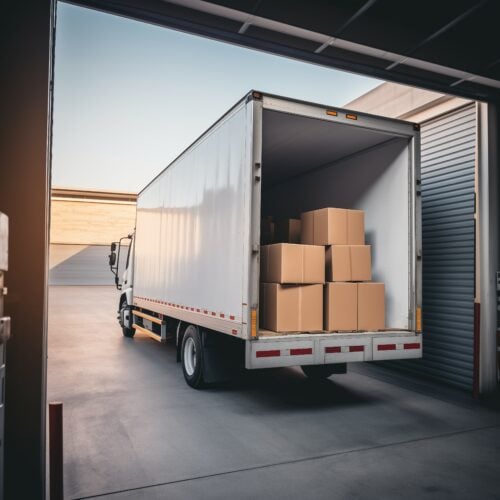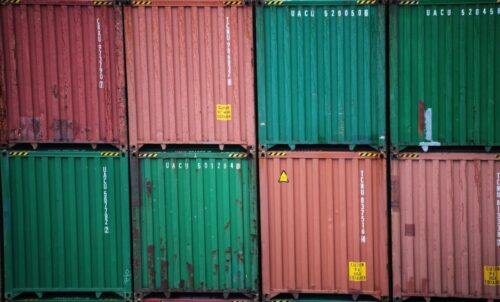FTL vs LTL: Understanding the Differences

How do you choose the best shipping method for your load? This FTL vs. LTL guide delves into the nuances of each shipping method, helping you make informed decisions regarding your transportation needs.
In today’s fast-paced world, the logistics and transportation industry ensures the seamless movement of goods from suppliers to consumers. However, selecting the most suitable shipping method can make or break your delivery reputation in the market.
Businesses need to streamline their operations and meet customer demands efficiently. Among the various options available, Full Truckload (FTL) and Less Than Truckload (LTL) emerge as two primary modes of transportation. FTL involves the shipment of goods occupying an entire truck, while LTL entails the transportation of smaller shipments that don’t need a whole truck.
But how do you choose the best one? This FTL vs. LTL guide delves into the nuances of each shipping method, highlighting their key differences and similarities. This comprehensive comparison lets you make informed decisions regarding your transportation needs.
What is Full Truckload (FTL) Shipping?
Full Truckload (FTL) shipping involves transporting goods occupying the entirety of a truck. Unlike Less Than Truckload, where multiple shipments share space on a single truck, FTL shipments enjoy exclusive use of the entire vehicle.
FTL shipping ensures that the shipment remains intact and avoids handling or transferring multiple times during transit. Compared to LTL shipping, FTL offers greater security, reduced risk of damage, and faster transit times.
When to Use the FTL Shipping Process
FTL shipping is ideal for large shipments that require the entire truck capacity. Most manufacturers prefer this method for time-sensitive deliveries as it offers shorter transit times than LTL.
Moreover, FTL is suitable for high-value or fragile goods. It minimizes the risk of damage during transport by reducing handling and transfers. Businesses with specific delivery requirements, such as sensitive or perishable items, often opt for FTL. It ensures timely and secure transportation.
What is Less Than Truckload (LTL) Shipping?
Less-than-truckload (LTL) shipping involves transporting goods that do not need the entire truck. Instead, multiple shipments from different companies are consolidated onto a single truck for delivery, allowing businesses to share transportation costs.
That is why LTL is an economical option for smaller shipments. LTL shipments are typically smaller in size and weight, require less space, and allow for more flexible scheduling. Additionally, LTL carriers use hubs and distribution centers to efficiently sort and deliver shipments, ensuring cost-effective and timely delivery for customers.
When to Use LTL Freight Shipping?
LTL freight is advantageous for smaller businesses. It offers a flexible delivery schedule and cost-effectiveness by allowing companies to share transportation costs with other shippers. Additionally, LTL is suitable for a wide range of cargo types.
That is why it’s a favorable choice for businesses with diverse shipping needs. So e-commerce stores, wholesale distributors, furniture stores, or small businesses can use this service.
Comparing FTL and LTL Shipping

When choosing between FTL and LTL shipping, you need to consider various factors that impact overall shipping expenses, speed, efficiency, and suitability for different types of cargo.
Cost Implications
FTL and LTL have different cost implications for businesses. FTL typically incurs higher costs per unit due to the exclusive use of the whole truck. At the same time, LTL offers cost savings for smaller shipments by sharing transportation costs among multiple shippers.
Businesses must weigh factors like shipment size, urgency, and budget constraints. However, FTL provides faster transit times and control over delivery schedules, ideal for time-sensitive or high-value goods. LTL offers flexibility and cost savings, making it suitable for smaller shipments.
Ultimately, the choice between FTL and LTL depends on each business’s needs. Balance cost-effectiveness with timely delivery requirements.
Speed and Efficiency
When comparing FTL and LTL shipping in terms of speed and efficiency, FTL typically offers faster transit times and greater efficiency. The credit goes to the dedicated use of the entire truck. This results in fewer stops and transfers along the route than LTL.
With FTL, businesses have more control over scheduling and delivery timelines, making it ideal for time-sensitive shipments. In contrast, LTL shipments may experience longer transit times due to the need for consolidation and sorting at distribution centers. It may result in potentially less efficient delivery schedules.
Suitability for Different Cargo Types
FTL is best suited for large, bulky, high-value shipments requiring exclusive truck use. It ensures minimal handling to prioritize safety. Fragile or perishable goods may also benefit from FTL, as it reduces the risk of damage during transit. Plus, you need to consider the regulations for sensitive items before carrying them in cargo.
LTL is ideal for smaller shipments that only fill part of the truck. Hence, it suits various cargo types, including non-fragile and non-perishable goods. It can handle shelf-stable beverages, packaged food items, dry powders, rice, etc.
Making the Right Choice: FTL vs LTL

Businesses can make informed decisions about FTL (full truckload) and LTL (less than truckload) shipping by carefully assessing their specific logistics needs.
- Evaluate Shipment Size and Frequency: Consider the size and frequency of shipments. FTL suits large, frequent shipments, while LTL is ideal for smaller, less frequent shipments.
- Assess Urgency and Delivery Timeframes: Determine the urgency of shipments and required delivery timeframes. FTL offers faster transit times and greater control over scheduling, making it suitable for time-sensitive deliveries.
- Analyze Cost Considerations: Compare the cost structures of FTL and LTL, considering factors such as shipment size, weight, and distance. Evaluate which option offers the most cost-effective solution while meeting delivery requirements.
- Consider Cargo Characteristics: Assess the cargo’s characteristics, including fragility, value, and special handling requirements. FTL may be preferred for high-value or fragile goods, while LTL offers cost savings for less sensitive cargo.
Final Thoughts
Understanding the key differences between FTL and LTL shipping can help you optimize effective logistics and supply chain management. FTL exclusively uses the entire truck, making it ideal for large, time-sensitive, or high-value shipments.
On the other hand, LTL provides cost savings and flexibility for smaller shipments by sharing transportation costs among multiple contributors. By evaluating factors such as shipment size, urgency, cost considerations, and cargo characteristics, you can make informed decisions to optimize your transportation strategies.
As freight transportation continues to evolve, you must stay informed about best practices and emerging trends. You can always get help from an expert to navigate these processes. But make sure your businesses adapt to meet changing customer demands and market dynamics.
By continuously assessing and refining your shipping strategies, your business can enhance efficiency, reduce costs, and remain competitive.
